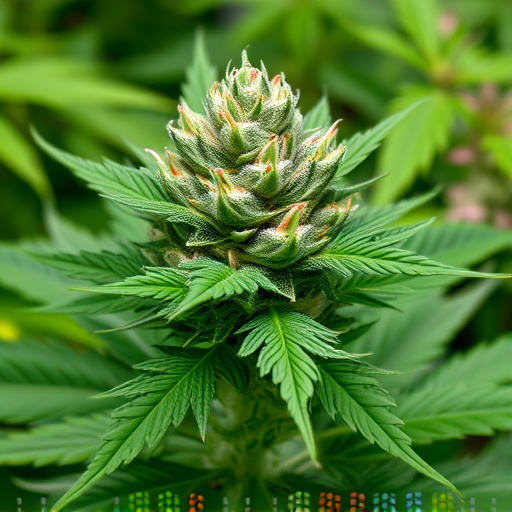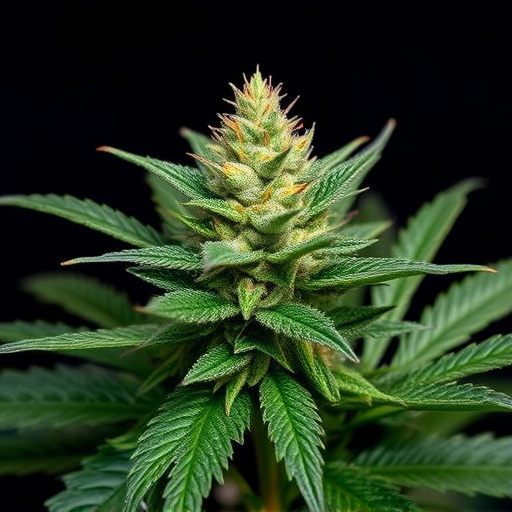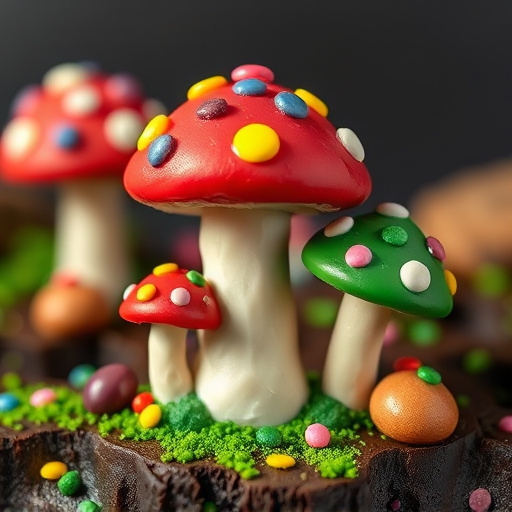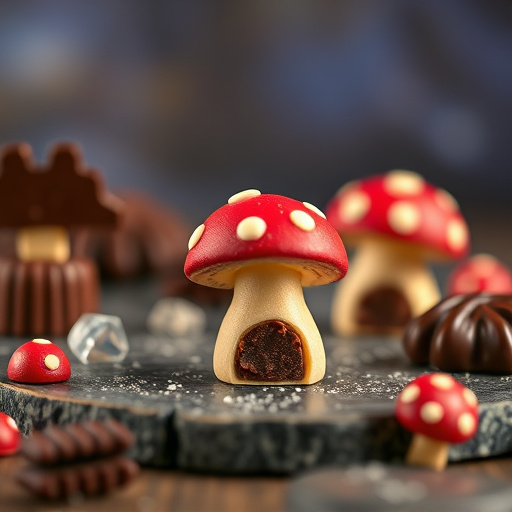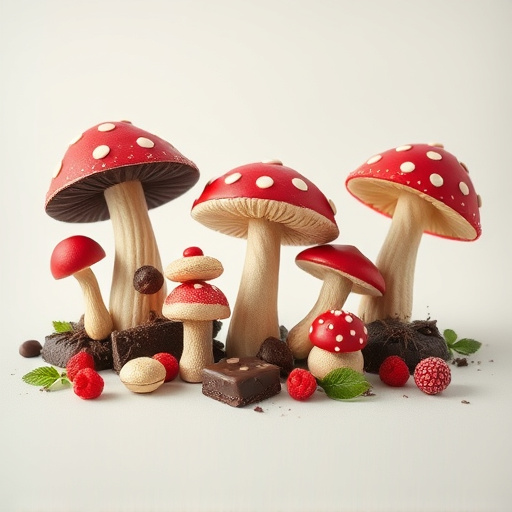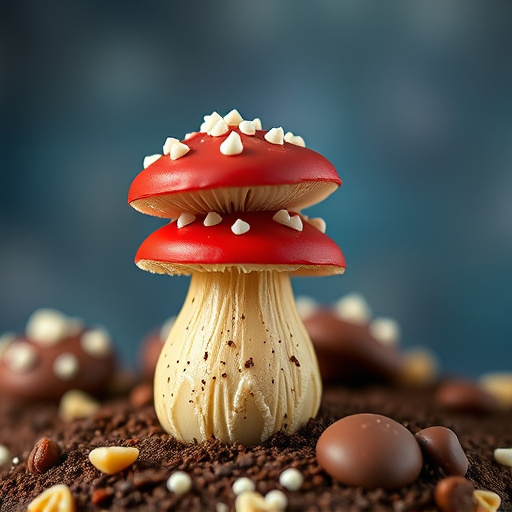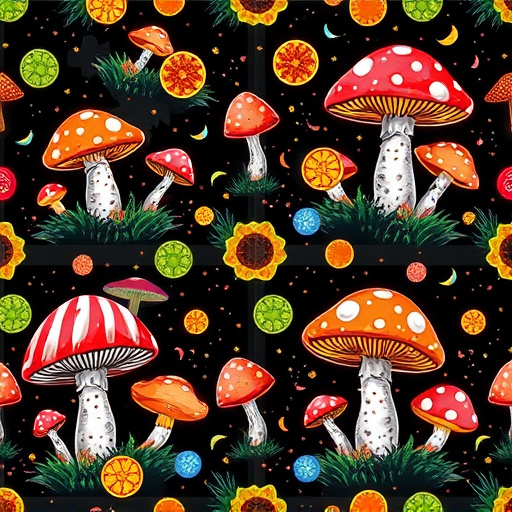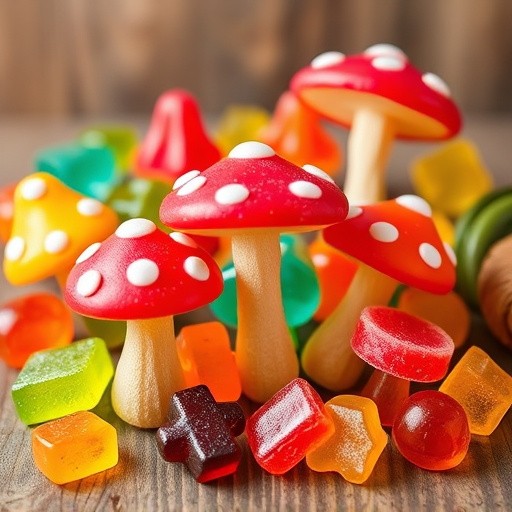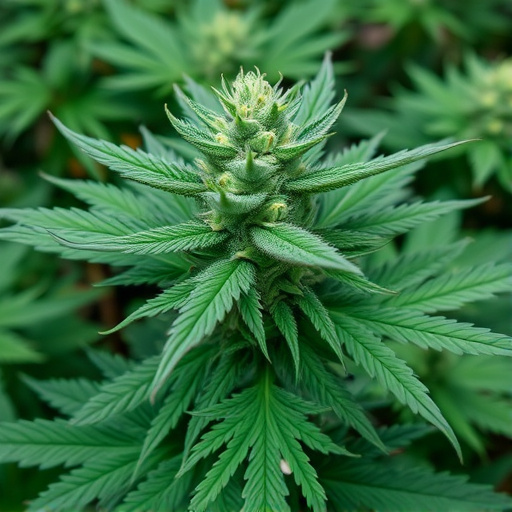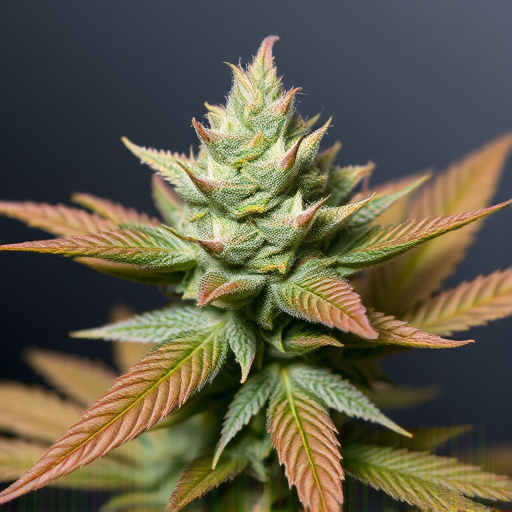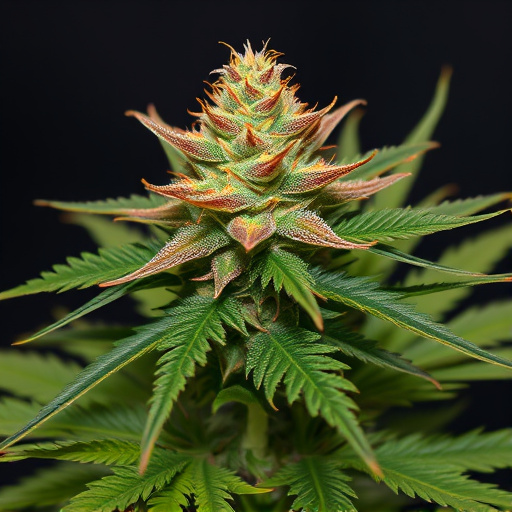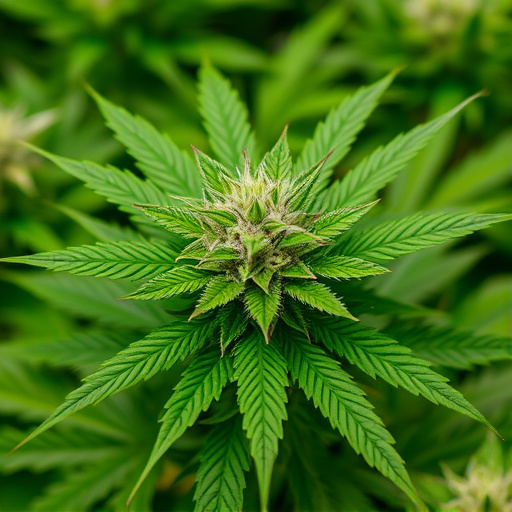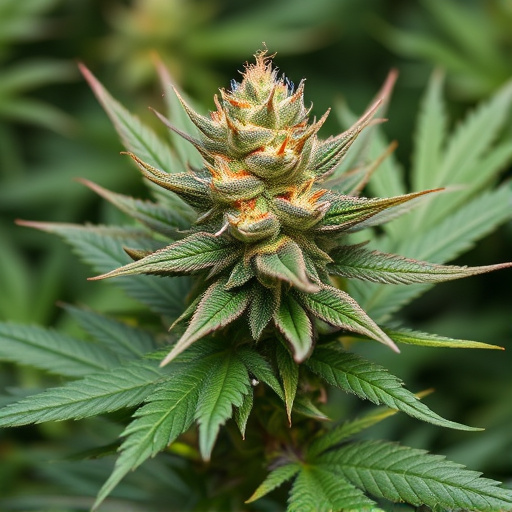Rare cannabis strains, prized for their unique properties, have a defined lifespan impacting potency. Cultivators must harvest between 7-10 days post-flowering to capture peak THC and CBD levels, as these compounds degrade over time through decarboxylation. Optimal storage conditions are crucial, as varying strain vulnerabilities determine their longevity. Understanding each rare cannabis strain's specific flowering timeline is key for farmers aiming to maximize yields and preserve their distinctive traits.
Discover the fascinating journey of cannabis flowers from peak potency to gradual loss of power. Understanding the lifespan of these delicate blooms is key to unlocking their full potential, or recognizing when their strength wanes. This article explores factors influencing cannabinoid breakdown, shedding light on why certain rare cannabis strains maintain potency longer than others. Uncover insights into navigating the spectrum of cannabis flower freshness and its impact on your experience.
- Understanding Cannabis Flower Lifespan and Potency
- Factors Affecting Cannabinoid Breakdown in Flowers
- Rare Cannabis Strains: When Potency Peaks and Declines
Understanding Cannabis Flower Lifespan and Potency
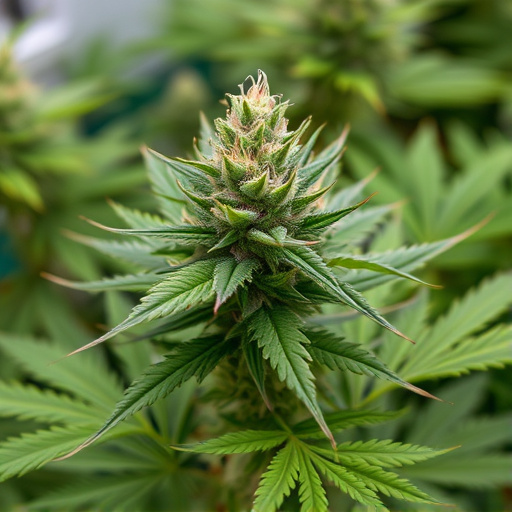
Cannabis flowers, like any living organism, have a lifespan that directly impacts their potency and overall quality. Understanding this cycle is crucial for cultivators and consumers alike, especially when it comes to rare cannabis strains known for their unique properties. The life of a cannabis plant begins with germination, where the seed sprouts and starts its growth journey. As the plant matures, it enters the vegetative phase, allowing it to grow robustly and develop a solid foundation.
During the flowering stage, the plant’s energy shifts from growth to production, resulting in the development of buds. This is when cannabinoids like THC and CBD accumulate, contributing to the plant’s potency. However, as time progresses, the flowers gradually lose their potency. Studies suggest that cannabis flowers peak in terms of potency around 7-10 days after they are cut from the plant. After this period, the concentration of these compounds begins to diminish, making them less effective for medicinal or recreational purposes. This knowledge is invaluable for cultivators aiming to preserve the potency and unique characteristics of rare cannabis strains.
Factors Affecting Cannabinoid Breakdown in Flowers
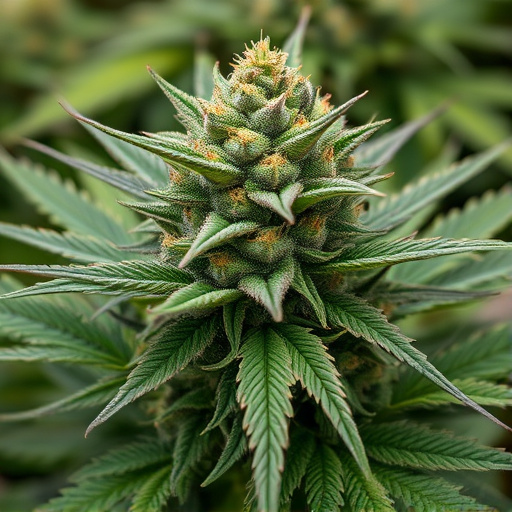
The potency of cannabis flowers, or buds, is a result of intricate chemical interactions within the plant. Several factors influence the breakdown and degradation of cannabinoids, such as THC and CBD, in rare cannabis strains. One key factor is time; once harvested, cannabis begins to gradually lose its potent compounds through a process known as decarboxylation, which is accelerated by exposure to heat, light, and oxygen.
Another significant variable is storage conditions. Improper storage, like keeping buds in clear containers or exposing them to direct sunlight, can accelerate the breakdown of cannabinoids. Temperate and constant storage environments, ideal for preserving potency, are often recommended. Additionally, specific cannabis strains vary in their cannabinoid profiles and susceptibility to degradation, with rare strains potentially exhibiting unique vulnerabilities or resistance to potency loss over time.
Rare Cannabis Strains: When Potency Peaks and Declines
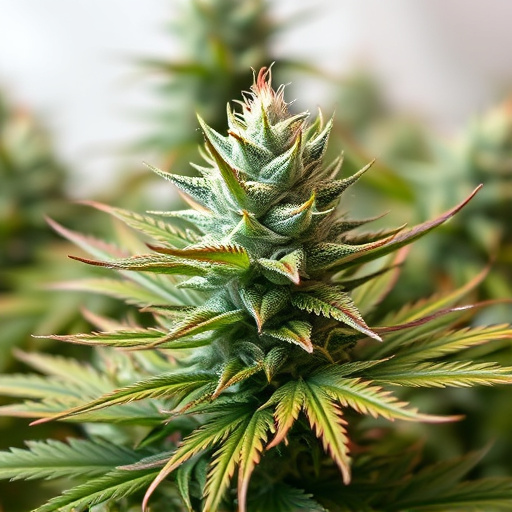
Rare cannabis strains often captivate growers and enthusiasts due to their unique characteristics and potency levels. These varieties can flower at different times, with some reaching peak potency early in their growth cycle, while others take a more extended period to mature fully. Understanding when these rare strains achieve their highest levels of THC or CBD is essential for cultivators aiming to harvest at the optimal time.
The timing of maximum potency varies among rare cannabis strains. Some genetics may flower and reach peak THC concentrations within 60-70 days, offering growers a relatively short but intense harvest window. Conversely, other rare strains could take closer to 90 days or more to mature fully, resulting in higher overall yields with slightly lower individual cannabinoid levels. Knowing the specific flowering timeline of each strain is crucial for cultivators to plan their grows and ensure they capture the desired potency at the right moment.
In the ever-evolving landscape of cannabis, understanding the lifespan and potency of flowers is crucial for both cultivators and consumers. By exploring factors influencing cannabinoid breakdown and delving into rare cannabis strains, we gain insights into optimal harvesting timelines. Knowing when potency peaks and declines allows for informed decisions, ensuring a more satisfying experience with these unique varieties. Rare cannabis strains, in particular, offer distinct temporal profiles that can surprise even seasoned enthusiasts, underscoring the importance of staying informed to fully appreciate their delicate balance of terpenes and cannabinoids.
